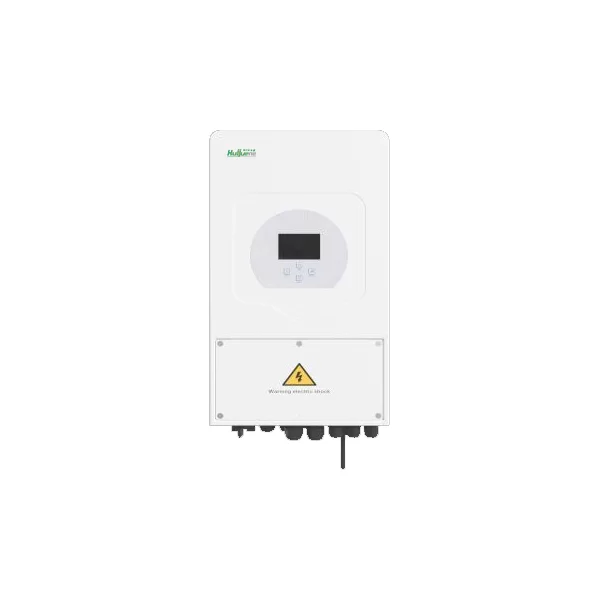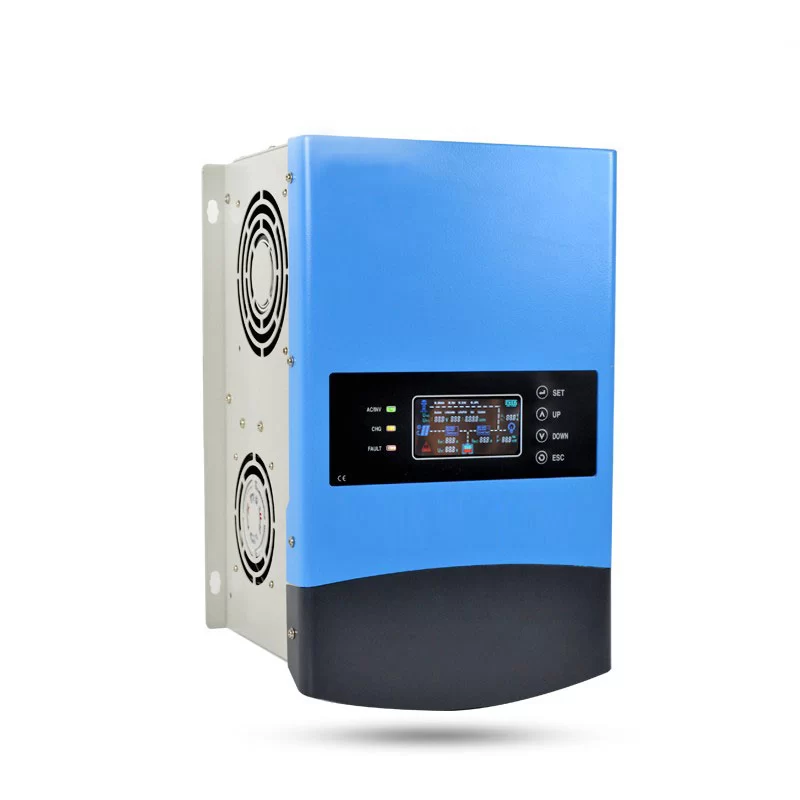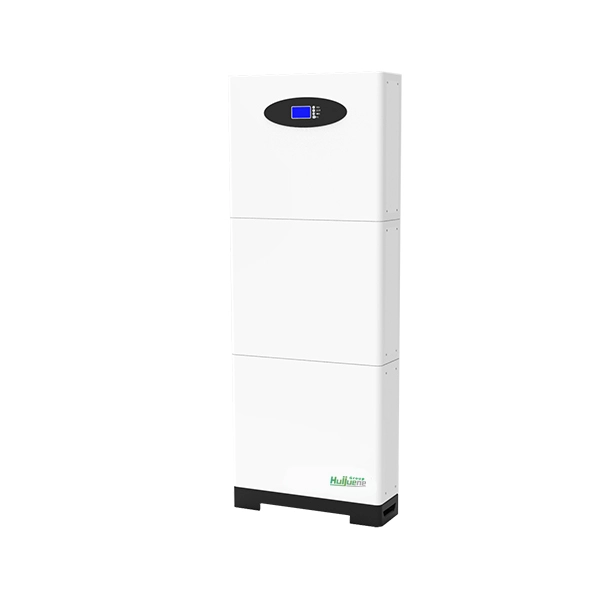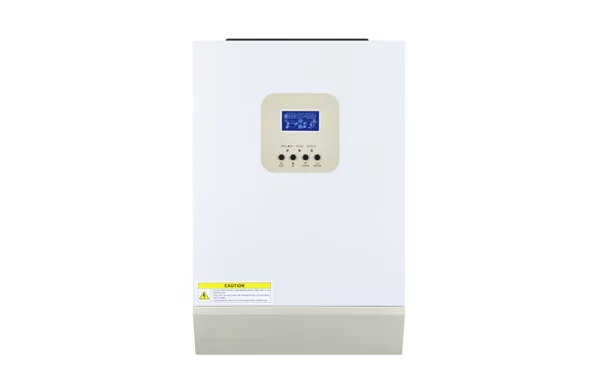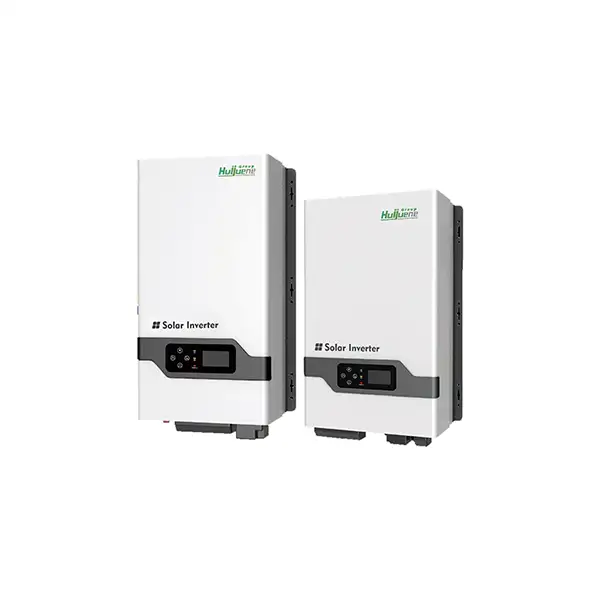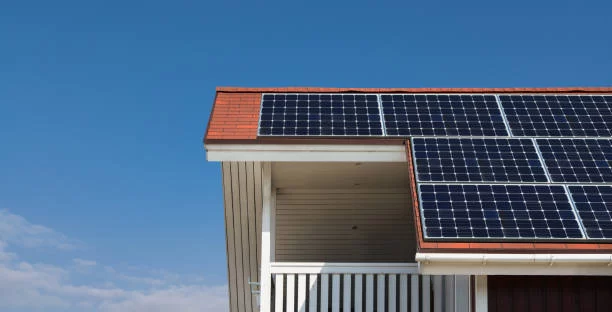Get A Quote Now!
Household Energy Storage Inverters: Key Technology for Creating a Zero-Carbon Home
As the world transitions to cleaner energy sources, household energy storage inverters are emerging as essential components for creating zero-carbon homes. These inverters do much more than convert energy—they optimize home energy use, support renewable energy integration, and reduce reliance on fossil fuels, driving the shift to sustainable living.
How Energy Storage Inverters Work to Reduce Carbon Footprint
Household energy storage inverters operate by managing energy from renewable sources like solar panels. They store excess power generated during sunny periods in a bi-directional energy storage inverter system, enabling homes to use solar energy even when the sun isn’t shining. This process not only cuts down on electricity bills but also dramatically reduces reliance on grid electricity, which often comes from carbon-intensive sources.
With efficient energy management, energy storage inverters help balance supply and demand within the home. This reduces the strain on local grids, ultimately leading to lower emissions across the network. When paired with a solar system, they allow homeowners to maximize solar usage, directly contributing to a home’s carbon neutrality goals.
Why Bi-Directional Inverters Are Key to Zero-Carbon Homes
Bi-directional energy storage inverters represent a significant leap in energy flexibility and efficiency. Unlike standard inverters, which only convert solar energy for immediate use, bi-directional inverters allow for both importing and exporting energy. This flexibility not only facilitates energy storage but also opens the door to grid interaction—selling surplus power back to the grid during peak demand hours.
Imagine a scenario where your home battery stores power from the sun all day, and then during the evening peak, any excess energy can be sold back to the grid. This way, you’re not only cutting costs but actively contributing to the larger grid’s stability. With energy markets increasingly rewarding such contributions, investing in a bi-directional energy storage inverter may even generate additional income streams for eco-conscious households.
The Rising Demand for Energy Storage Inverters in a Carbon-Conscious Market
The energy storage inverter market has grown significantly in response to rising global interest in zero-carbon living. This increase is not surprising, given the clear environmental and economic benefits. The demand for advanced lithium battery modules and modular inverter solutions reflects a shift towards systems that allow greater scalability and flexibility in energy storage—a trend that empowers homeowners to tailor their systems to match evolving energy needs.
Leading innovators like Huijue Group have responded by developing new-generation inverters designed to meet both photovoltaic and energy storage system requirements. The Huijue HJ4850L modular battery, for instance, is a lithium iron phosphate battery offering high energy density, longevity, and enhanced safety—a perfect fit for residential storage solutions.
Real-World Benefits of Home Energy Storage Inverters
- Energy Independence: With a home energy storage system, you’re less affected by power outages and energy price fluctuations.
- Sustainability: By shifting to self-stored solar energy, households can drastically reduce their carbon footprints.
- Cost Savings: The ability to store and use energy when rates are lower or sell excess power during peak times directly reduces energy costs.
The future of zero-carbon homes will rely heavily on the development of adaptable, reliable energy storage inverters that support the transition to cleaner energy sources. For households looking to reduce their environmental impact while achieving energy independence, investing in a high-quality energy storage inverter is an essential first step.
Explore Huijue Group’s innovative energy storage solutions to create a zero-carbon home.

